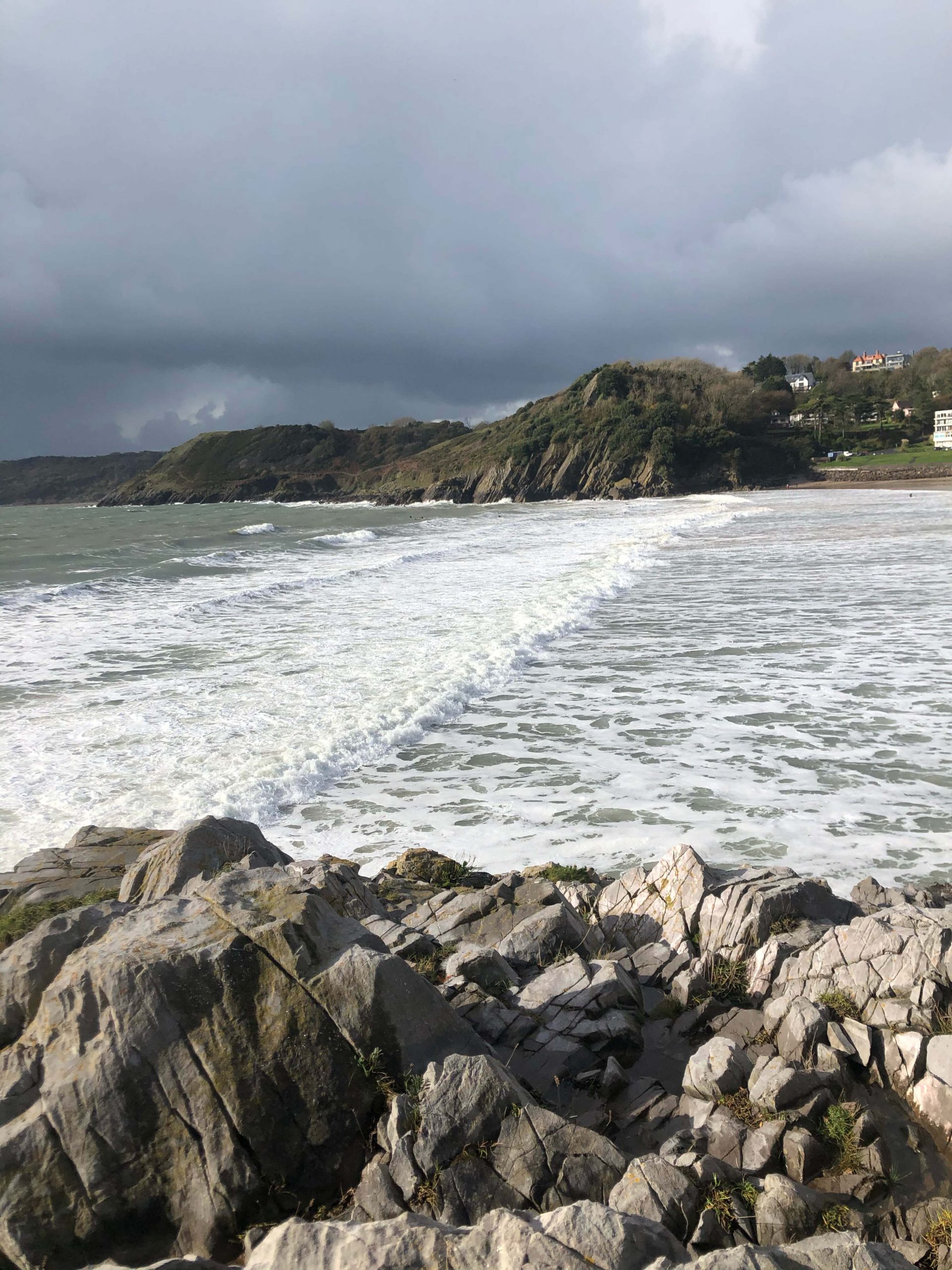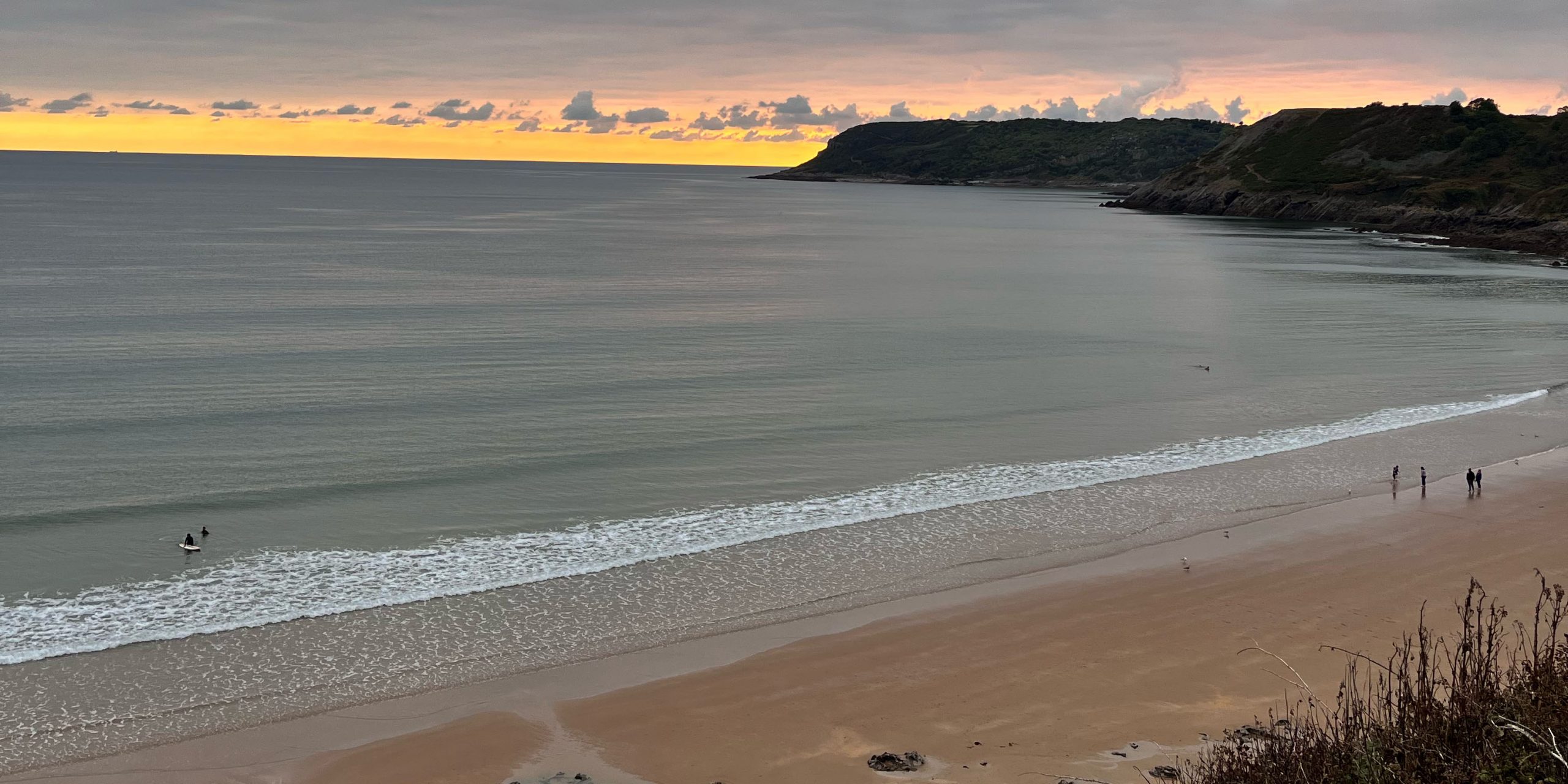The Welsh landscape is home to many outdoor plunging options, from rivers and lakes to the sea. But it can be difficult to know where to look
With 60% of the local population living or working near the coast, according to WWF Cymru, and lakes covering 130 square kilometres of the country, Wales is arguably THE place to cold-water swim. A plunge in a mountain-lined lake or dip at a sandy beach makes the perfect Welsh adventure.
Unlike the wild swimming community in Scotland, if you live in Wales, you do not have a ‘right to roam’ enshrined in law.
Many people still use this phrase, but it’s misleading and they’re actually talking about the limited access laws that do exist in Wales. England shares these laws. There are action groups aiming to establish a right to roam for Welsh residents, but their struggle is ongoing.
The Countryside and Rights of Way Act 2000 came into effect in Wales on 28 May 2005. This law allows people to leave paths and explore the countryside. Around 8.5% of Welsh land is common land. However, while you can walk, climb and birdwatch in these areas, you’re not able to swim or do water sports. So, we suggest you check the Natural Resources Wales (NRW) website to be sure where you’re planning to go public access and wild swimming is permitted.
An even better way of finding water near you for wild swimming is to use the NRW’s map detailing bathing water around the country. Wales currently has 109 designated bathing water spots that are assessed for water quality between May and September each year.
The particular spots are chosen because they already see a large number of wild swimmers each year. So you’re bound to find accessible water and maybe some new friendly faces with this resource. That being said, only a couple of these spots are inland. So if you aren’t able to travel to the coast you can always check the NRW’s common land list or with the local authority’s register of common land.
To get you started, we’ve drawn up a couple of hotspot ideas for you…
1. Snowdonia, north Wales
One of the designated bathing water sites by the NRW is Llyn Padarn in Snowdonia. Llyn Padarn is a glacial lake popular all year round for wild swimming. Not only does it have breathtaking views of the local landscape, but on its southern banks lies the village of Llanberis, the perfect place to get acquainted with after a cold dip.
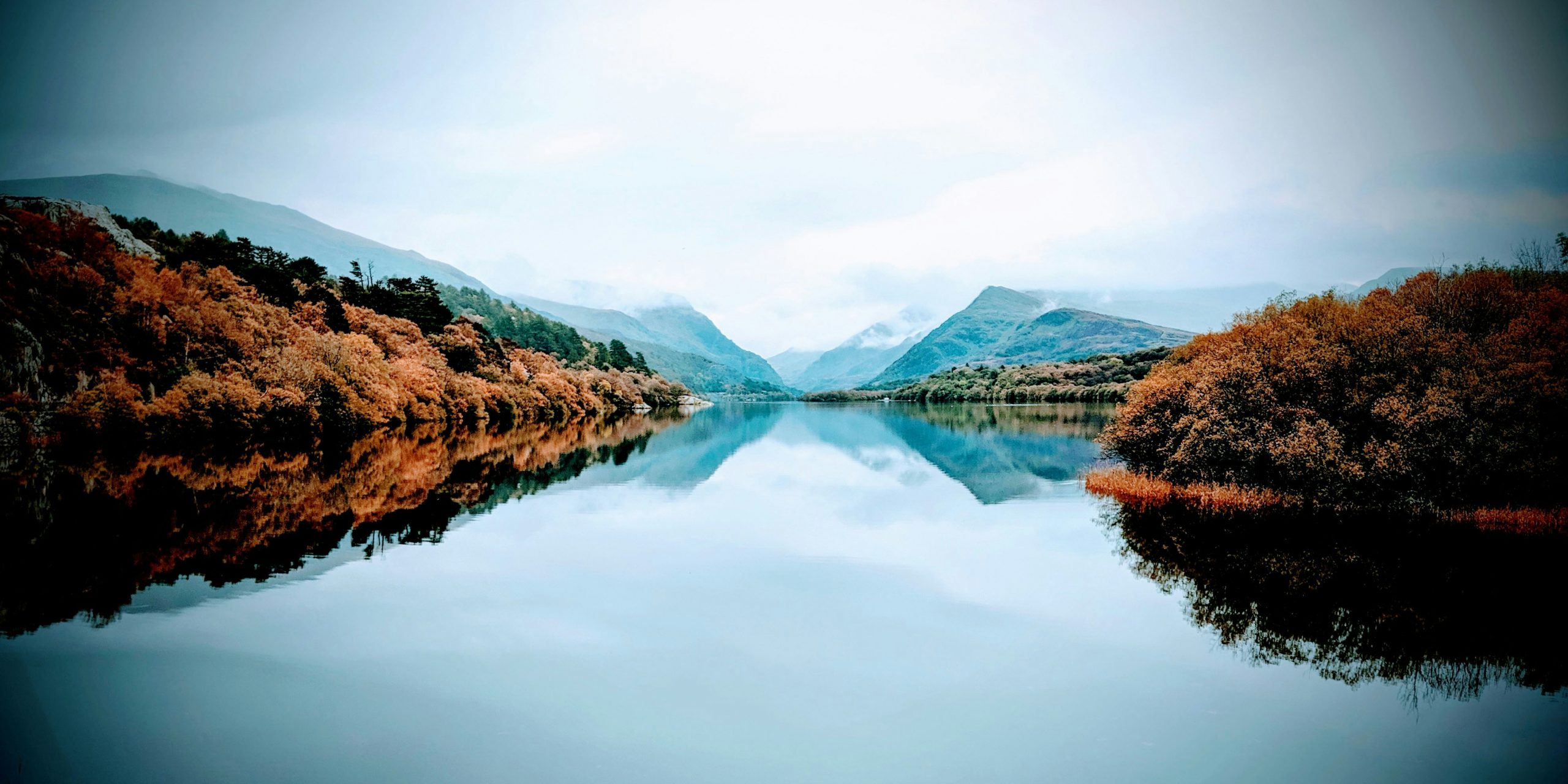
2. Brecon Beacons, mid Wales
A favourite spot is Llyn y Fan Fach, a high (and chilly) lake at 500 metres altitude in the shadow of Black Mountain within the Brecon Beacons National Park.
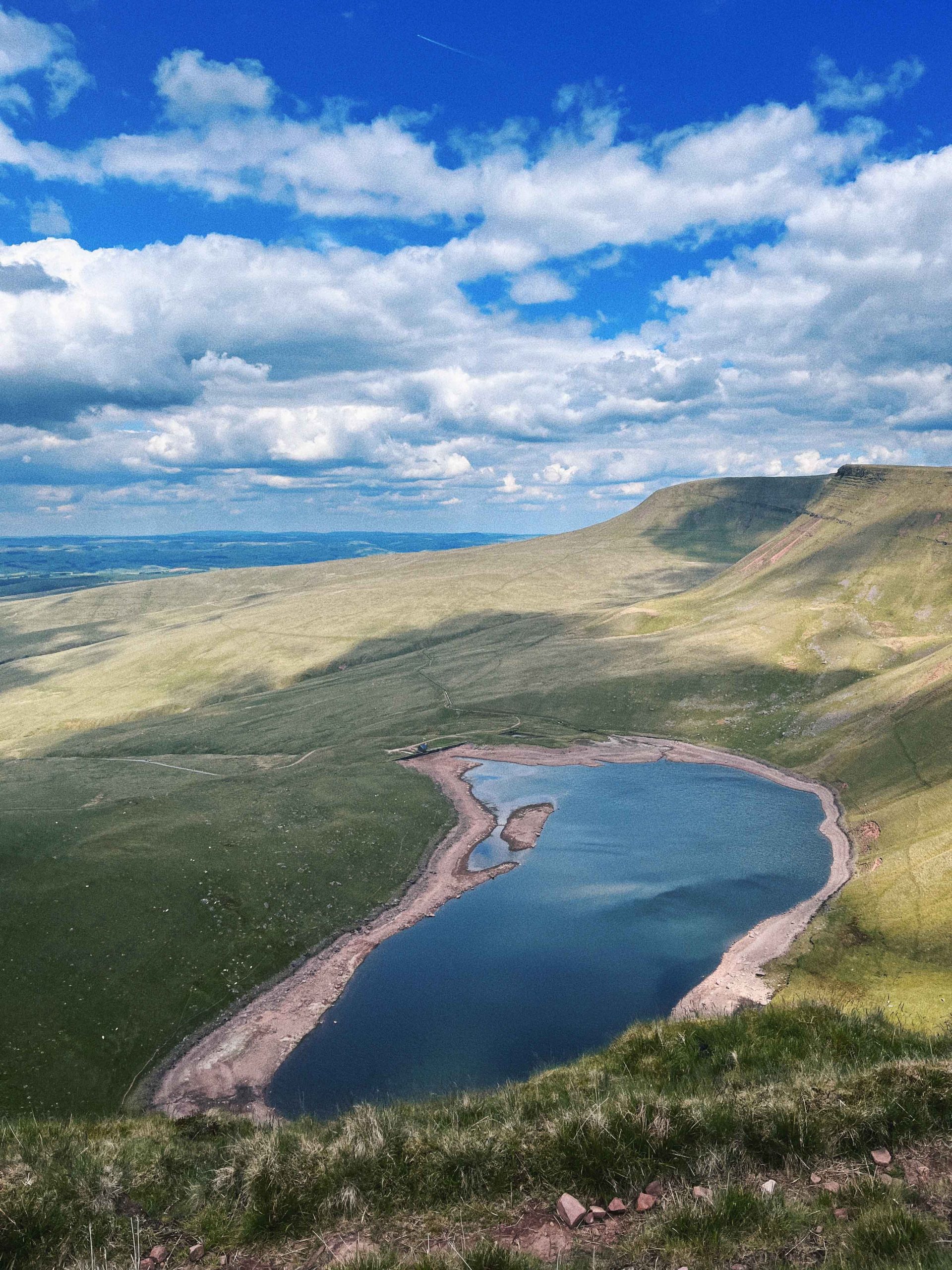
3. Pembrokeshire, south-west Wales
The Blue Lagoon used to be an old slate quarry. But it was abandoned and flooded during the 20th century. Now it’s an iconic Pembrokeshire landmark and swimming destination. Make sure to keep an eye out when you go for your plunge though – the lagoon is also a popular cliff diving location, and having someone land on your head would be a scary experience. Although watching the jumpers is great fun.
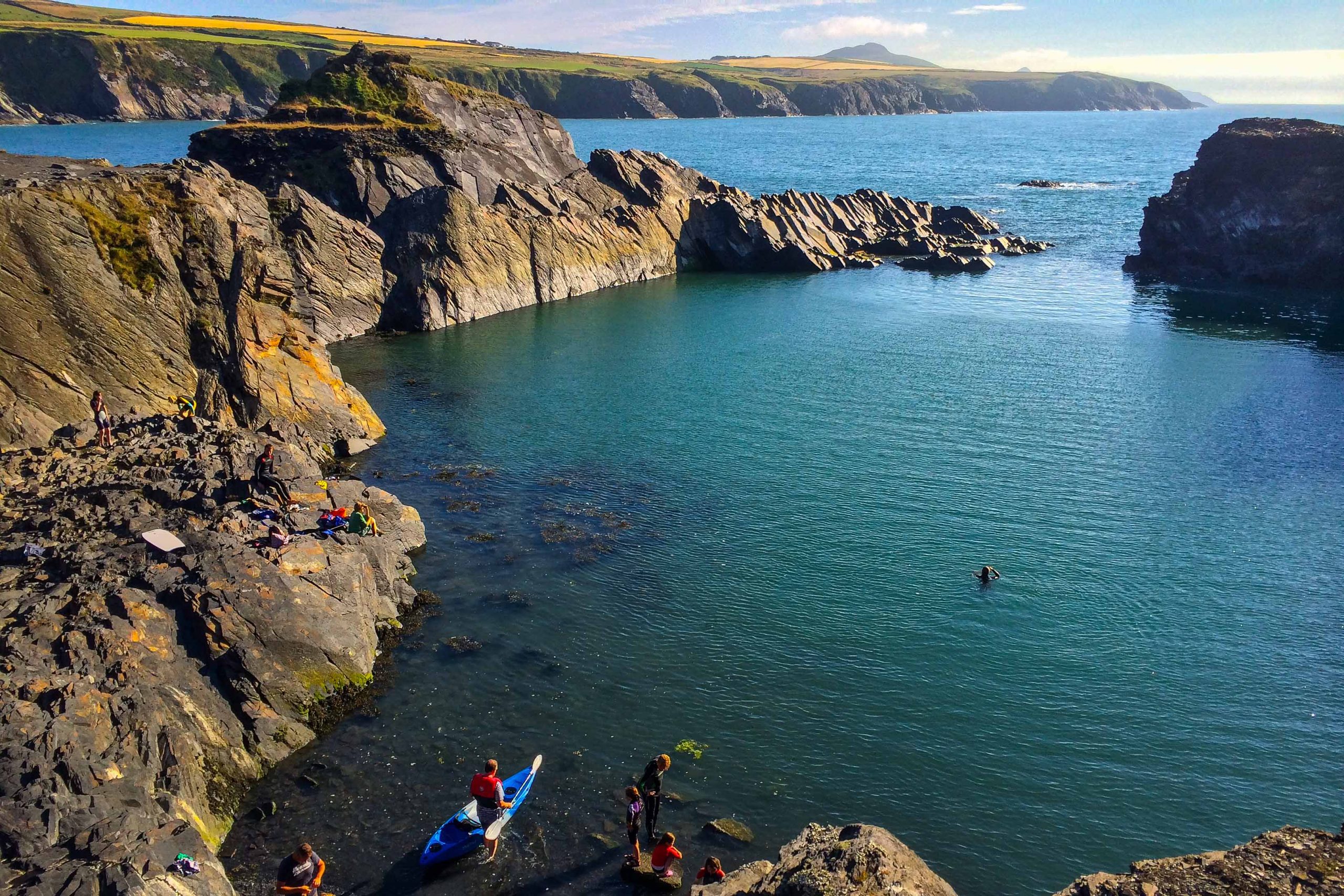
4. Gower, south Wales
If you haven’t been for a cold-water swim on the Gower Peninsula yet, where have you been? Famous for its sandy beaches, this area of Wales has so many ideal wild swim spots to choose from. The most well-known include the award-winning Rhossili Bay, surfers-favourite Caswell Bay, the iconic cove Blue Pool Bay and the sweeping Broughton Bay. Several of these regularly feature in Wales’s ‘best beaches’ lists and it’s always worth checking the destination’s Blue Flag status before you dive in, as bad storms and pollution can affect their rating. That said, you’ll be glad to hear Blue Flag beaches are reviewed frequently.
